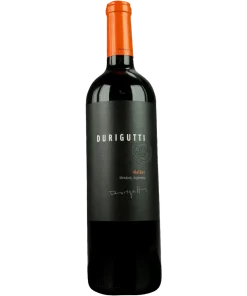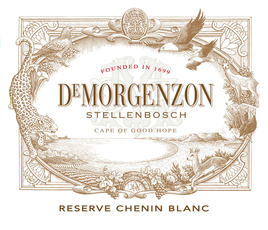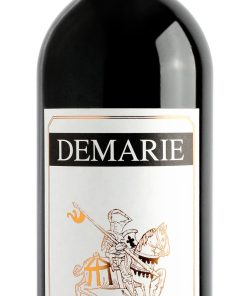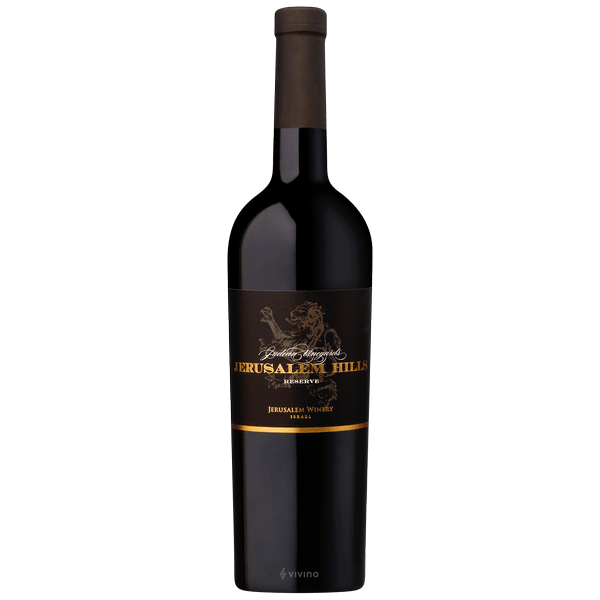-
×
 2021 Durigutti Malbec Clasico
1 × $18.99
2021 Durigutti Malbec Clasico
1 × $18.99 -
×
 2020 DeMorgenzon Chenin Blanc Reserve Stellenbosch 750ML
1 × $41.99
2020 DeMorgenzon Chenin Blanc Reserve Stellenbosch 750ML
1 × $41.99 -
×
 2022 Demarie Langhe Nebbiolo 750ML
1 × $21.99
2022 Demarie Langhe Nebbiolo 750ML
1 × $21.99
2015 Roux Pere & Fils Vougeot Les Petits Vougeots
2015 Roux Pere & Fils Vougeot Les Petits Vougeots Well-defined aromas of Morello cherry and summer truffle meet on the nose. Brooding notes of black currant, black cherry, licorice, and a hint of bramble frame the complex palate. There’s depth and richness here allowing the finish to linger.
Pinot Noir
Pinot Noir is the dominant red wine grape of Burgundy, now adopted (and extensively studied) in wine regions all over the world. The variety’s elusive charm has carried it to all manner of vineyards.
These extend from western Germany (as Spätburgunder) and northern Italy to Chile, South Africa, Australia, New Zealand and the USA. California, Oregon and New Zealand are arguably the greatest centers for the grape outside its home territory. However great Pinot Noir is made in all of these territories.
The essence of Pinot Noir wine is its aroma of red berries and cherry (fresh red cherries in lighter wines and stewed black cherries in weightier examples). Many of the more complex examples show hints of forest floor. Well-built Pinot Noirs, particularly from warmer harvests, suggest leather and violets, sometimes recalling Syrah.
There are two theories regarding the Pinot name. One is that it came about because their bunches are similar in shape to a pine cone (pinot in French). It may derive, however, from a place name in France such as Pinos or Pignols from where cuttings were obtained. Pignols in the Auvergne, for example, has cultivated Pinot since the Middle Ages.
It was previously believed that Pinot Noir, Pinot Blanc, Pinot Gris, Pinot Meunier, Pinot Précoce (Frühburgunder) et al were members of a “”Pinot Family”” of distinct grape varieties. But DNA profiling has shown them to share the same genetic fingerprint. Thus, they should properly be considered as mutations or clones of a common variety.
Related products
Chateauneuf-du-Pape
$48.00
2021 Domaine Berthet Rayne Chateauneuf-du-Pape Blanc 2021 Domaine Berthet Rayne Chateauneuf-du-Pape Blanc Rare and very elegant wine, it is pale yellow with some green nuances. It expresses a subtle floral, well-balanced and fresh bouquet. This wine has scents of ripe grapes, fennel, honey, anise, green olive, gun flint, and plenty more. Very complex in flavors, [...]
Chateauneuf-du-Pape
2019 Domaine Berthet Rayne Chateauneuf-du-Pape Vieilli En Fut De Chene
$53.00
2019 Domaine Berthet Rayne Chateauneuf-du-Pape Vieilli En Fut De Chene 2019 Domaine Berthet Rayne Chateauneuf-du-Pape Vieilli En Fut De Chene Hints of sweetness, black fruits and herbs in tandem. Serious, intense and powerful – perfumes and textures from Mediterranean, weight, balance and potential. Whereas northern Rhône wines are produced primarily from Syrah, Viognier, Marsanne, and Roussanne, southern Rhône believes in more [...]
$64.00
2019 Jean-Claude Bachelet Saint-Aubin 1er Cru Derriere La Tour Rouge 2019 Jean-Claude Bachelet Saint-Aubin 1er Cru Derriere La Tour Rouge Shedding a touch of youthful reduction to reveal aromas of plums, warm spices, rose petals and forest floor, the 2019 Saint-Aubin 1er Cru Derrière La Tour is medium to full-bodied, concentrated and lively, its deep [...]
$49.00
2021 Jean-Marc Brocard Chablis 1er Cru Vau De Vey 2021 Jean-Marc Brocard Chablis 1er Cru Vau De Vey, is a clear and precise wine with notes of salt and anise,Gold-green color,The finish is soft and warm. Pair with seafood, shellfish, or white meat, grilled or in a cream sauce. One of the most popular and [...]
 2020 DeMorgenzon Chenin Blanc Reserve Stellenbosch 750ML
2020 DeMorgenzon Chenin Blanc Reserve Stellenbosch 750ML  2022 Demarie Langhe Nebbiolo 750ML
2022 Demarie Langhe Nebbiolo 750ML 


